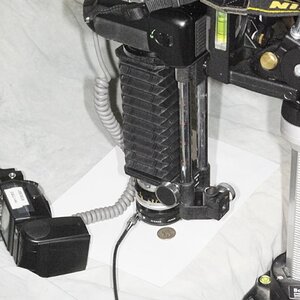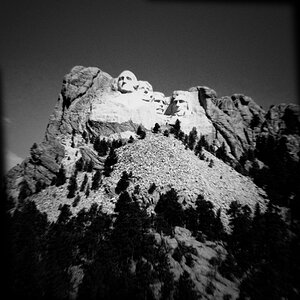C
ch3360
Guest
Hello all,
I first posted some HDR images in the General Gallery because I didn't see the specific HDR thread....... They were my first attempt using my Nikon D80 and Photomatix. In Photomatix I used the presets at the bottom (Painterly & Grunge) mostly. The feedback I received is that they look more like pastel drawings then photographs. I actually like them...... to me HDR is very interesting because of the wide amount of things one can do with a photo. Anyway.... here is another photo from this outing.
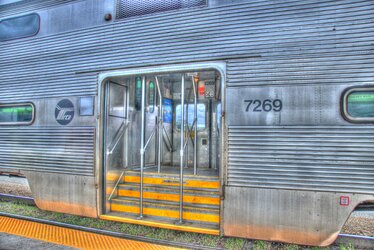
I first posted some HDR images in the General Gallery because I didn't see the specific HDR thread....... They were my first attempt using my Nikon D80 and Photomatix. In Photomatix I used the presets at the bottom (Painterly & Grunge) mostly. The feedback I received is that they look more like pastel drawings then photographs. I actually like them...... to me HDR is very interesting because of the wide amount of things one can do with a photo. Anyway.... here is another photo from this outing.




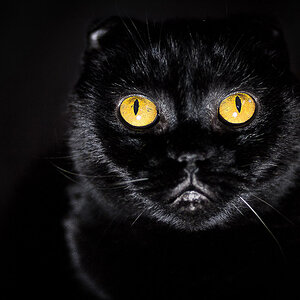
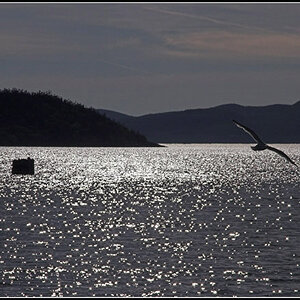
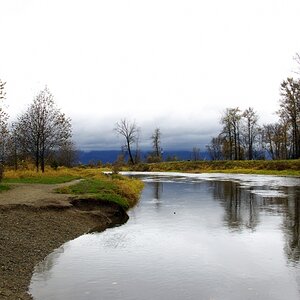
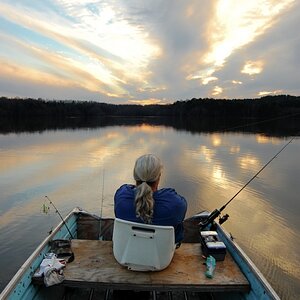
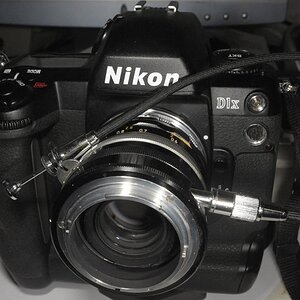
![[No title]](/data/xfmg/thumbnail/42/42493-2665d3a35f26795cc783aeb77329a032.jpg?1619740197)
![[No title]](/data/xfmg/thumbnail/31/31012-f5e0c7cdea2f2c3e44737e3f61c2461a.jpg?1619734567)
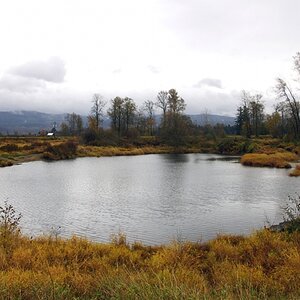
![[No title]](/data/xfmg/thumbnail/31/31085-9786bf0c16c072633ecdfad477c23095.jpg?1619734600)
